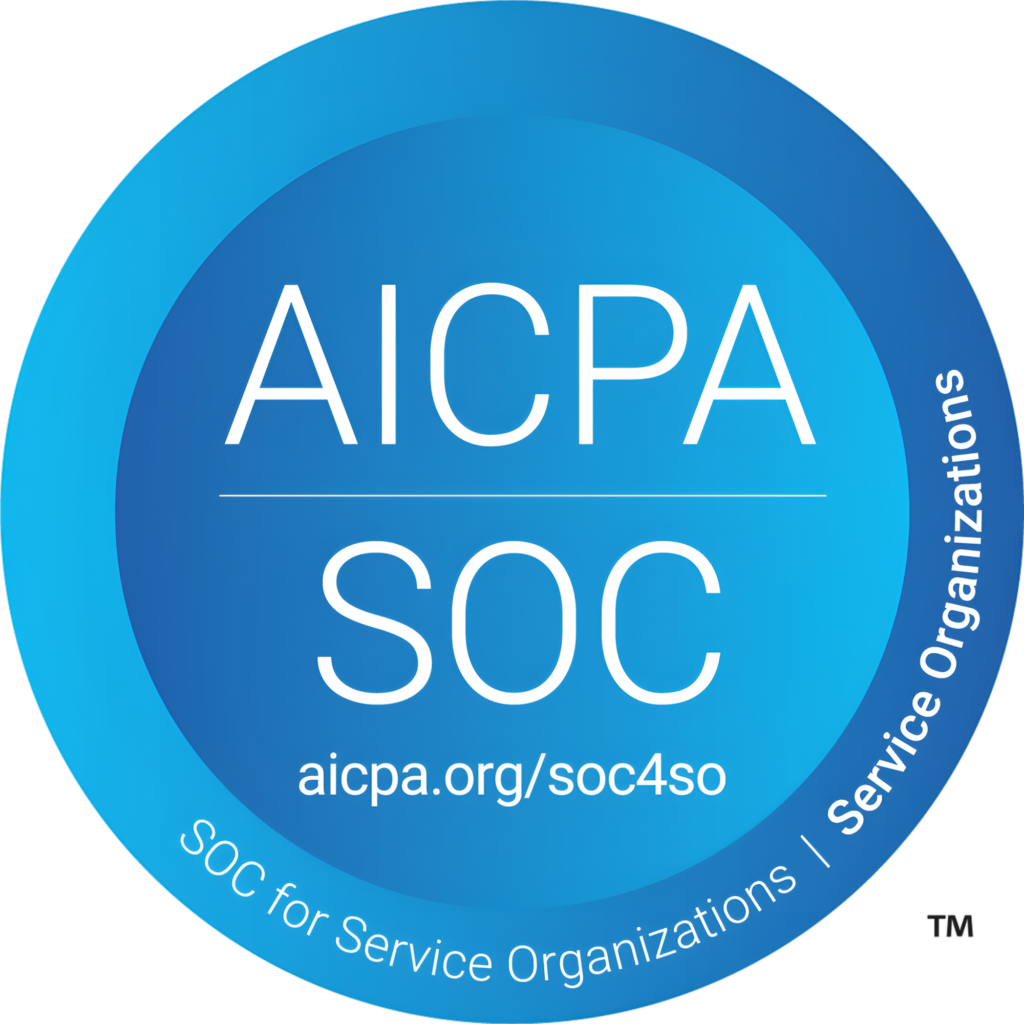Copilot Studio Tools for Better Collaboration
Microsoft Copilot Studio has emerged as a pivotal platform for organizations aiming to create AI-powered agents that support everyday workflows and business processes. As enterprises increasingly adopt Copilot Studio to design, deploy, and manage copilots, collaboration becomes critical, not just in authoring, but also in sharing, testing, and refining these AI agents. Microsoft has introduced […]
Security measures for Copilot Studio
As businesses embrace Microsoft Copilot Studio to build and deploy AI-powered copilots, ensuring security at every layer becomes non-negotiable. From managing data access to enforcing compliance policies, securing Copilot Studio is not just about protecting the application, it’s about safeguarding the broader Microsoft 365 ecosystem it operates within. Here’s a detailed look at the essential […]
Extending Copilot functionality with MS Teams integrations
Microsoft 365 Copilot has revolutionized productivity across Word, Excel, PowerPoint, and Outlook. But its true collaborative potential is unlocked when integrated with Microsoft Teams. Teams, as the central hub for communication and teamwork in Microsoft 365, acts as the perfect launchpad for extending Copilot’s capabilities, transforming routine interactions into intelligent, context-driven collaborations. Continue Reading This […]
Custom Copilot bots for collaborative work: best Practices
As organizations embrace Microsoft 365 Copilot to improve productivity, many are discovering the power of custom Copilot bots. These AI assistants go beyond simple prompts were they streamline teamwork, automate repetitive processes, and provide contextual support across tools like Teams, SharePoint, and Outlook. However, developing Copilot bots for collaboration requires more than technical know-how. It […]
The future of AI in Microsoft 365: Copilot and beyond
Microsoft has made it clear: the future of Microsoft 365 is deeply interwoven with artificial intelligence. At the core of this transformation is Copilot, Microsoft’s generative AI assistant designed to integrate seamlessly across the Microsoft 365 suite. But Copilot is just the beginning. From enhancing productivity in everyday workflows to redefining enterprise data governance, Microsoft […]
Using Copilot for enhanced customer relationship management in Microsoft 365
Managing customer relationships effectively hinges on how well teams can engage, respond, and personalize experiences at scale. Microsoft 365 Copilot introduces a new way of handling these CRM responsibilities by integrating generative AI capabilities directly into the tools that businesses use every day—like Outlook, Teams, and Dynamics 365. Rather than spending time navigating through fragmented […]
Advanced techniques for customizing Microsoft Teams bots
Microsoft Teams has become a central hub for workplace collaboration, with bots playing an essential role in streamlining operations, automating repetitive tasks, and improving user engagement. Microsoft Teams bots, built using the Microsoft Bot Framework and Power Virtual Agents, allow businesses to create intelligent, interactive assistants tailored to their specific needs. To maximize their potential, […]
Advanced techniques for customizing Microsoft Teams bots
As organizations embrace Microsoft 365 Copilot to improve productivity, many are discovering the power of custom Copilot bots. These AI assistants go beyond simple prompts were they streamline teamwork, automate repetitive processes, and provide contextual support across tools like Teams, SharePoint, and Outlook. However, developing Copilot bots for collaboration requires more than technical know-how. It […]
Integrating Copilot Studio with SaaS platforms
Integrating Copilot Studio with SaaS Platforms Integrating Microsoft Copilot Studio with SaaS platforms allows businesses to automate workflows, enhance customer interactions, and optimize productivity. However, before integration, many organizations struggled with fragmented data, lack of interoperability, and inefficient manual processes. These challenges hinder efficiency and must be addressed to ensure a smooth transition to AI-driven […]

